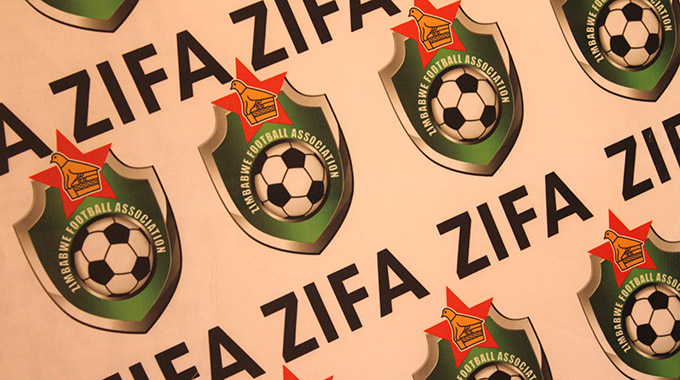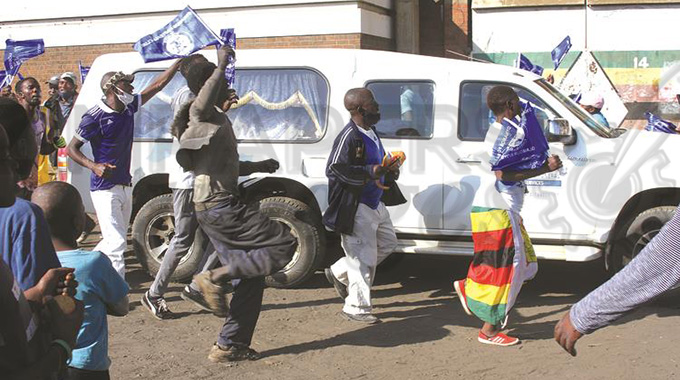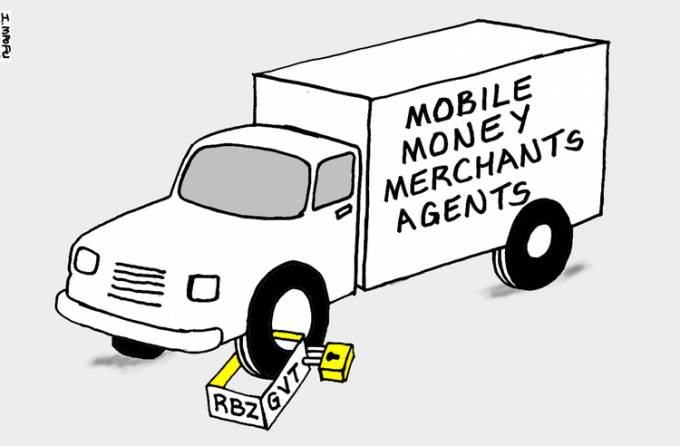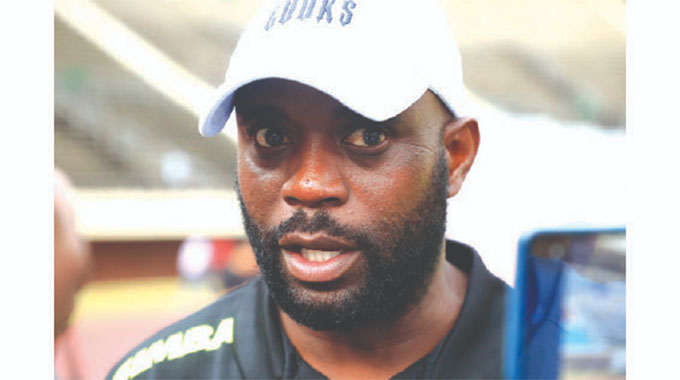Breakdown of the US$1m FIFA bailout . . . players might get just US$40 each from injection

Robson Sharuko Senior Sports Editor
ONE million US dollars — it has always been a magical figure, in a world obsessed by money, rolling off the tongue very nicely.
A millionaire, it still sounds fashionable, even in a world that now has about 3 000 billionaires, collectively worth about US$8 trillion.
American businessman, Jeff Bezos, is the richest of the lot and has, according to Forbes, a net worth of more than US$161 billion.
But, before one becomes a billionaire, he or she has to become a millionaire and that has always made US$1 million such a magical figure that continues to fascinate humanity.
So, when news broke out on Thursday that, for the first time in the history of Zimbabwean football, a US$1 million injection was coming from FIFA, it jolted the domestic football fraternity into excitement.
Why?
It’s a huge figure because that is exactly what Mongolia, an entire country, provided to the United States, to help the world superpower fight the coronavirus pandemic.
And, of course, that’s exactly what the United States gave to Liberia to help the West African country battle the effects of Covid-19.
For domestic football, it’s something that had never happened before.
The biggest chunk, which has been poured into ZIFA by FIFA, has been US$500 000, per annum, for their operational costs.
That includes taking care of the national teams, development and the cost of running the game in the country.
So, getting a US$1 million grant, for men’s football, and a further US$500 000, for women’s football, to help a game battered by the effects of Covid-19, was always going to excite the domestic football community.
And, given this is money that will go into the pockets of clubs, players, coaches, team doctors and referees, it has sparked a lot of excitement in local football.
Given ZIFA can borrow, interest-free, at least another US$500 000, and at most US$5 million, depending on their financial standing with FIFA, for Covid-19 relief, this has brought some excitement into the game.
Without a doubt, times have been tough for local football, with clubs unable to generate any income since the season ended last year while, at the same time, being forced to honour contracts with players and their coaching staff.
Things exploded at CAPS United recently when players, unhappy the club had not paid them for a few months, confronted their leadership in a confrontation which turned nasty.
Reports then emerged that Manica Diamonds, who were supposed to be one of the most stable football clubs in the country, had not paid the salaries of their players for three months.
Highlanders lost their coach, Mark Harrison, before the season had started, amid reports those who had undertaken to finance his stay at the club had been badly affected by the Covid-19 lockdown.
NetOne, who had been paying the salaries of the players and coaches at both Bosso and the Green Machine, abruptly called time on their marriage, saying they were diverting resources to the national fight against the Covid-19 effects.
Against this depressing background, it’s understandable why there has been excitement, within the domestic football family, that ZIFA will next month receive their first tranche of the US$1.5 million Covid-19 relief fund from FIFA.
There will be a US$1 million grant for the men’s game, including clubs and players, while the US$500 000 will exclusively be for women’s football.
The funds are part of the US$1.5 billion global relief fund which was approved by the FIFA Council during their virtual meeting last Thursday.
In a circular to member associations, FIFA said the relief plan had been established in order to alleviate the financial distress caused by the impact of the Covid-19 pandemic.
“Both grants and loans can be directed by member associations to the wider football community in their respective territories, including clubs, players, leagues, or others that have been affected,’’ FIFA said in their statement.
But, is the excitement, which has been building on the domestic scene since Thursday, justified?
Let’s try and break it down?
If the US$1 million, which has been approved, was distributed to just the domestic Premiership clubs, what would that mean in terms of boosting their books?
There are 18 Premiership clubs and that means each would receive US$55 000.
Not a bad financial injection until one then considers that, as prescribed by FIFA, the money also has to be spread into the payment of players, coaches and their supporting staff at each team.
Now, each clubs has 30 registered first team players and a technical team of about 10 members of staff, which include the head coach, his assistants, including the goalkeepers’ trainer, the team manager and the medical staff.
Some teams even have about 15 technical staff members as they have analysts.
But, let’s just use 40 as a number, and that means, if each of the clubs directed everything they will receive into members of their first team, each person will receive US$1 388.88.
However, the clubs, themselves, are also catered for in this initiative and, if the teams decide to share the money 50/50 with their first team members, then the teams will retain US$27 500 while the players and their coaching staff will each take home US$694.44.
But, this bailout is not only for the first team, it also caters for the reserve sides and the juniors and when one brings all of them into the picture, it then shows that — even if the money was all poured into the Premiership clubs — the players won’t receive more than US$100.
It even gets gloomy when one considers that the money has to cater for Division One clubs, and their players and coaches, and that’s an additional 2 880 people onto the roster and that will again squeeze the cake, taking it down to probably less than US$40 per player and coach.
Then, there is the issue of the 80 referees registered by ZIFA and they, too, are also covered by that bailout and bringing them on board also eats into the cake.
Last month, ZIFA said they had 24 500 athletes on their register and they were going to pay each athlete’s levy to the Sports Commission as part of the association’s bailout of the local clubs.
If each of those registered players were to be catered for, equally, by the FIFA bailout, without anything going into the clubs, this means every one of them will receive US$40.
However, the clubs also need to be taken care of and, if we did a 50/50 share, then every athlete will get about US$20 from the FIFA bailout package.
Yes, one million dollars!
It is a huge amount, and one can understand the excitement in domestic football but, the reality of what will eventually filter into the pockets of the players and the coaches might not be as big as some are imagining.










Comments